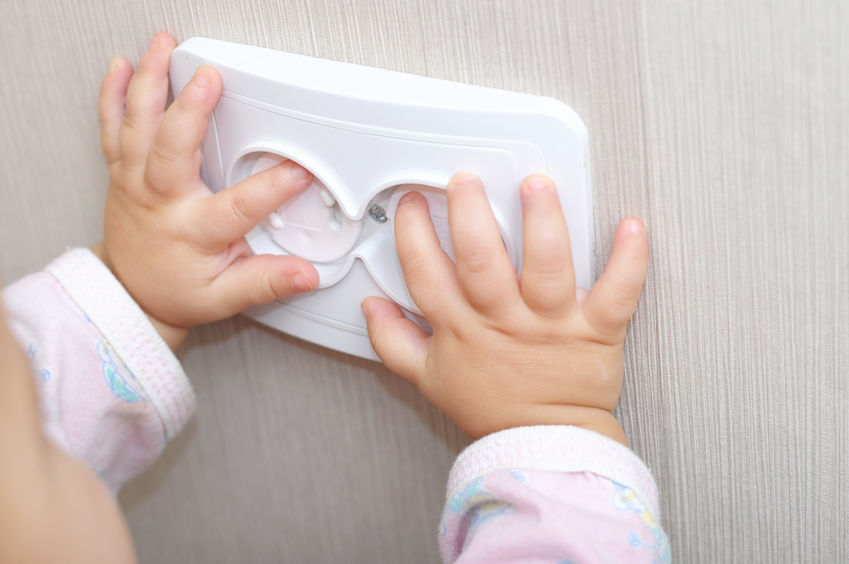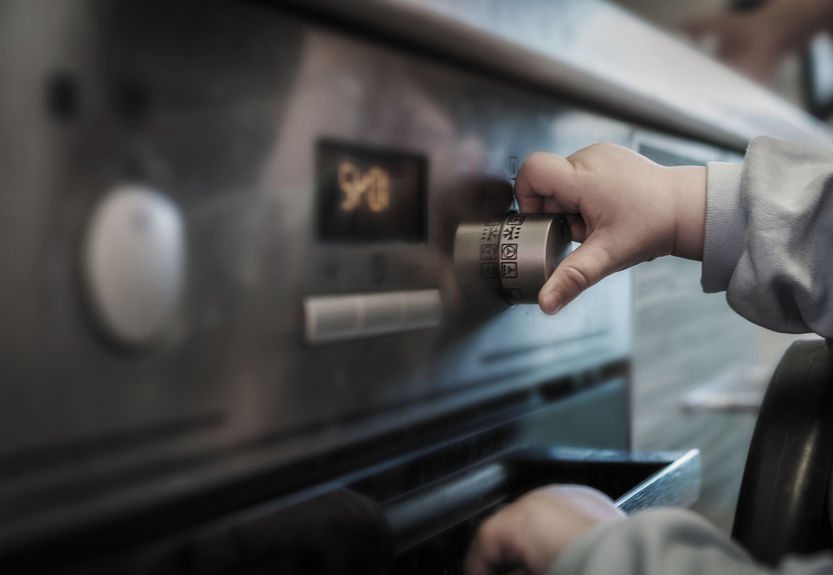
Babyproofing your home is a necessary step for those who are welcoming a baby into their lives. As parents, you probably want only the best for your child, including providing a safe home for them to grow up in.
When your child is learning to crawl, that’s when the real ‘trouble’ begins. You’ll need to secure your furniture, carpets and other household items to ensure your baby doesn’t accidentally get hurt.
To make the task simpler for all of you soon-to-be mums and dads, we’ve put together a guide on how you can prepare your home for your newest family member.
When to Start Babyproofing Your Home
It’s never too early to begin babyproofing your home. Ideally, start a few months before the baby arrives. You want to have enough time to prepare and double-check that you have not missed out on babyproofing any items.
Start shopping for babyproofing items when you begin purchasing other essentials your baby needs, such as their crib, toys and clothes. Retailers might offer discounts when you buy these items together and in bulk.
How to Babyproof Your Home
No idea where to begin? Here are some ways to babyproof your home.
1. Buy Outlet Shields for Your Electric Outlets

Outlet shield covers and plugs can protect your baby from electrical hazards
Unplug kitchen tools and other electronic appliances when not in use. After turning off the switch, cover them with outlet shields or childproof socket covers. This way, your child will be unable to stick their fingers or objects into the electric box.
2. Remove Items Stored Under Couches and Beds
You will be surprised how small children can fit into impossibly tight spaces. That includes crawling into the gaps underneath your couch and bed. Clear these spaces of any loose, forgotten objects.
Get home storage solutions like zip-up cloth boxes. After your child arrives, vacuum regularly to suck up any loose items that can be a choking hazard.
3. Re-organise Your Kitchen Storage

Childproof safety latches can prevent inquisitive children from gaining access to out-of-bound drawers
You’ll want to prevent your child from getting their hands on any sharp items that could potentially cut them. Put cutlery and cooking knives in drawers and store your ceramic ware and glass cups into closed drawers.
Additionally, keep heavy pots and pans out of your child’s reach. You don’t want cooking equipment to fall on them accidentally. Add child-proof safety locks installed on these drawers, cabinets and fridge. Switch to covered trash cans and place latches onto the lids.
If you store dishwashing liquid, washing detergent and bleach under the kitchen sink, move these items into high drawers and install safety latches. Go for magnetic locks over stick-on plastic ones to protect your furniture and your child from ingesting these chemical cleaners accidentally.
4. Secure Your Furniture and Tape Down Your Rugs
Just like how you don’t want heavy pots and pans to fall on your child, you won’t want heavy furniture like bookshelves to be toppled onto them. Anchor your furniture to the wall with screws or safety straps.
You’ll also want to stick corner cards onto furniture with sharp edges. Alternatively, replace your existing furniture with pieces that have rounded edges (e.g. a curve-edged coffee table for your living room). Don’t forget to paste a non-skid liner onto your rugs to remove the chances of accidentally tripping and falling when holding your baby.
5. Use Stove Knob Covers

Covers should also be placed on your oven knobs too
Aside from having a fire extinguisher in your kitchen as part of your home’s fire safety plan, you should get stove knob covers. Should your child manage to turn your gas stove, the results could be disastrous.
A gas leak could lead to a potential gas explosion, with the resultant fire destroying your home. Or your family could experience physical symptoms from inhaling poisonous gas; high levels of exposure could also lead to death.
6. Place Your Baby’s Crib Away from the Window
When your child learns how to grab objects, yanking down curtains becomes a real possibility. If you have curtain blinds, your baby getting entangled in the loop cords is another hazard that might have potentially fatal consequences. As much as possible, move your child’s crib away from the window.
7. Reduce the Number of Items in Your Child’s Crib
While having a weighted duvet, fluffy blanket, and multiple pillows in your bed is an adult’s ideal sleeping situation, the same cannot be said for a baby. Like stuffed toys, these items pose a suffocating hazard to your child. So keep the objects in your child’s crib to a minimum.
8. Install a Safety Gate at Doorways and Stairways

Suppose a room has too many hazardous items to secure, cordon off the area to prevent your baby from entering it. Sometimes, you might not want to shut the door to danger zones, such as the kitchen and bathroom, so installing a safety gate at the doorway is the next best solution.
Those who live in executive maisonettes, lofts or private property with multiple levels should install a safety gate at stairways too.
If you are installing the gate on your own, follow the installation manual closely to ensure you have put in the gate correctly. After the gate has been set up, give it a good shake to test if it will hold. You don’t want the gate to break off or, worse, fall onto your child.
9. Hide the Pet Food
For those who have pets, keep animal food out of reach. Clean up immediately after to reduce the chances of your baby eating spilt pet food off the floor. Treats and dried kibble should be stowed away in out-of-reach, securely fastened containers. When it’s chow time for your fur kids, your baby should not be anywhere near the feeding dish.
If your child sticks their hand into your pet’s food bowl, the best-case scenario is that they consume a handful of pet food. The worst thing that could happen is your pet becomes aggressive and bites or scratches your baby.
10. Grow Your Plants Outside of Your Home
While there are many benefits of keeping indoor plants, consider: babies grab at and try to eat anything within easy reach. Either make sure your house plants are non-toxic or avoid the hassle altogether by growing plants outside your home.
Start Babyproofing Your House
The above is a non-exhaustive list of how to babyproof your house. Depending on your child’s needs and your home’s layout, you may have to put in more safety precautions. If you don’t have the time or necessary skills to babyproof your home, consider hiring professionals. You’ll be at peace of mind, knowing you’ve done your best to ensure your child’s safety.
To all new parents-to-be, we hope the arrival of your new bundle of joy will be smooth-sailing, and congratulations on embarking on a new chapter in your life!
Other FAQ on Babyproofing Your Home
When Should You Babyproof Your House?
At least three months before your child is due.
Why Is It Important to Childproof Your Home?
Just like why you supervise your child as they explore their surroundings, babyproofing your home is a way to ensure their safety.
How Do I Babyproof My House?
Knob covers on gas stoves, safety gates at doorways, safety latches on cupboards are some ways to babyproof your house.
How Do You Make a Plug Socket Safe?
Get covers and outlet shields for electrical boxes to make plug sockets safe.
For more property news, resources and useful content like this article, check out PropertyGuru’s guides section.
Are you looking to buy a new home? Head to PropertyGuru to browse the top properties for sale in Singapore.
Already found a new home? Let PropertyGuru Finance’s home finance advisors help you with financing it.


